Qais Essar
Written By Michelle Santiago
For musical storytelling in Afghanistan, the rabab has been the central conduit. The lute instrument dates over 2,500 years, countlessly fashioned in Sufi poetry and classical compositions with its delicate and charming alure.
For Phoneix, Arizona based musician, Qais Essar, learning the rabab wasn’t just a calling, but a way for him to connect with his heritage and share its culture with ears not necessarily accustomed to the Far East.
Essar has performed all over the world, from Somalia to Canada, Brazil and Kenya in both classical music settings and casual festivals. Adding a visual nostalgia to his contemporary interpretation of the classical sound, is the latest video by César Orozco for the track Jaanan Zima.
Tell us about your latest music video for Jaanan Zima, once again you collaborate with César Orozco. What was the concept behind the video?
This was a piece inspired by a more traditional Afghan composition. So it’s a very old composition; it’s my own rendition of it. César and me had discussed about doing short films, more on the experimental side, to accompany these shorter tracks on the album.
So with this specific track, César had discussed wanting to incorporate the use of actual film photography. So he had this Super 8 camera, and it’s 8mm film, so you get that very nostalgic vibe.
You’re known for reinterpreting classical Afghan or Indian composition and bringing them to a more modern context. How does your music balance Eastern and Western culture?
You know, we’re more attached to our history. Even when our parents are just talking colloquially, like, as we’re growing up, they always refer to seven generations back. And so, the past is very much a part of who I am now.
Like you said, I like to take this music, or, you know, the art form, and present it in a way to someone who is not typically a fan or has not been exposed to a lot of Indian or Eastern classical music. So if I can package it in a way that makes it easily digestible for them, and then, ultimately, I could be just like a gateway. So if you like me, then my hope is you would go further back and see what inspires me and the real stuff. So, yeah, I’m hoping to just be a vessel for that.

Most of your music videos feature nature and the environment as almost their own character. What role does the Phoenix landscape play in this video?
Phoenix allowed us to focus on the juxtaposition where you have this very old composition reinterpreted, but shot in a way that’s still very nostalgic to that era. Somewhere that resembles very much Kabul at that time. But it’s Phoenix.
Would you say your music helps you connect with your Afghan heritage and your family’s homeland?
It definitely connects me to a time that I wish I was in. Maybe not a people, but especially a time. I grew up hearing stories, and it’s like I just have all these ghosts hanging around, you know. Ghosts of my parents’ Kabul, and so it doesn’t even feel like a place; it feels like a dream or like a fantasy.
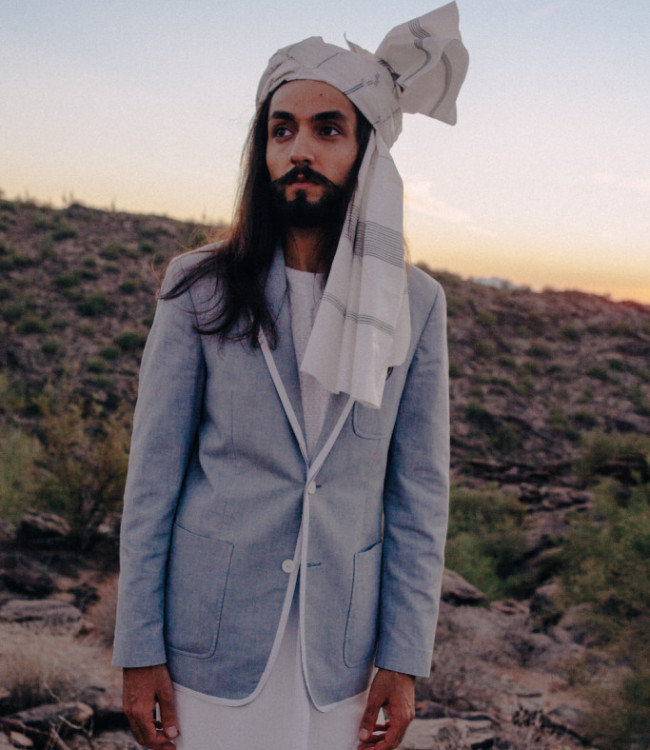
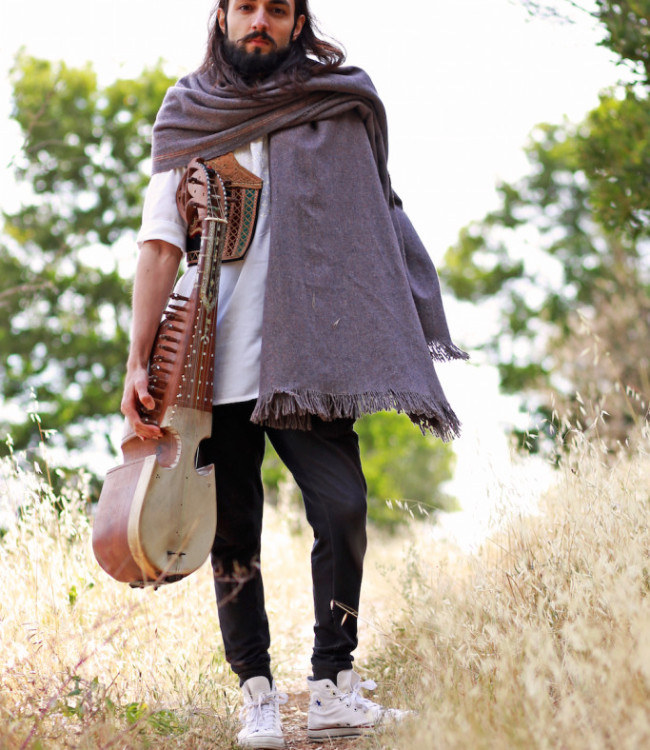
Your music has a very ambient and tranquil quality to it that really lends itself to meditation. Would you say your music harnesses certain elements of spirituality?
I can very honestly say that a pinch of mysticism is something that I like to add to a lot of recipes, but then again, it comes from the history. A lot of it is also, even if it’s not me consciously picking specific themes or concepts, the mysticism comes from the instrument itself; it comes from the note itself; it comes from the specific combination of notes. When I’m composing it can be looked at in many different ways.
The rabab is taught through a very rich and old oral tradition of teaching. How did the way you learned to play it affect how you relate to music as a whole?
When you’re being taught orally, or when you’re being kind of taught, there is no crutch. I can’t rely on the fact that I can just read it later or I can just memorize it off of something. You’re absorbing it and you’re making it part of you. And that’s the real difference; it’s that it’s not something that you come back to and you revisit when you practice and then you put away when you close your course book.
There’s a very deep level of intimacy that you develop with the music and then the instrument because what you’re doing is you’re taking this music and you’re translating it into an instrument that, the rabab, is not very easy to play for a lot of, especially the nuances in Indian classical music. The rabab traditionally is not very well equipped for that.
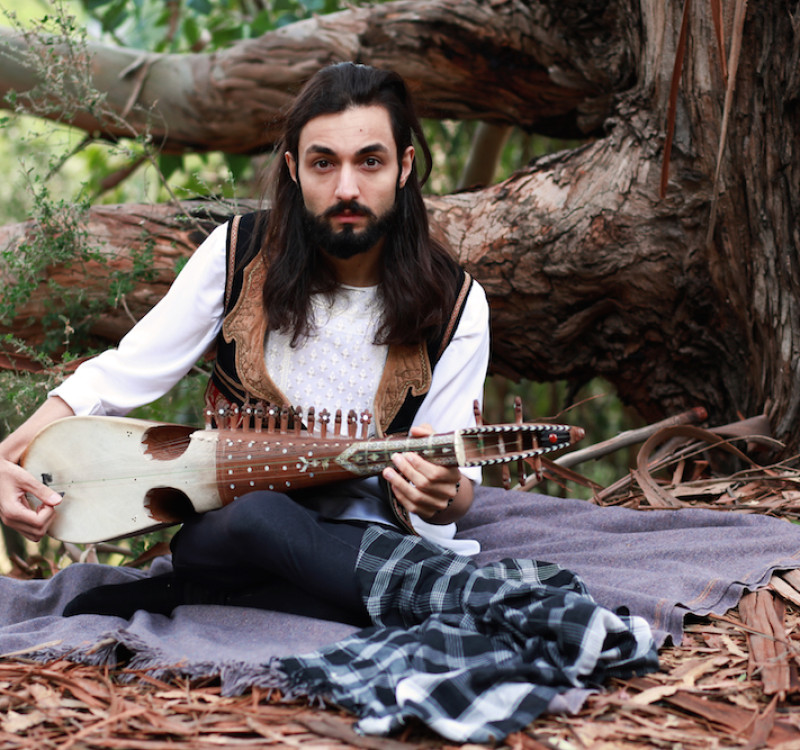
You’ve used your music to support various charities and causes like Women for Afghan Women and International Alert. Are activism or philanthropy important to you as a musician?
I think I’ve always had this, like, you know, specific socio-political agenda that I wanted to move with music and it’s something that can move with the music —minority rights and representation.
Especially nowadays with the political climate, it’s super important for there to be an alternative to the narrative that’s being portrayed in the media. When you say, you know, “Afghan” or “Muslim” or “Pakistani” or “Syrian,” there’s only one, if not one, two images or words that come to mind.
I read a lot of comic books when I was younger and Peter Parker’s uncle said, “with great power, comes great responsibility.” When you’re onstage, be it 50 people or 10,000, when you command a stage, you have people’s attention for like 10 minutes or for an hour. So why not try to impart something good or something worthy?
Related Reading




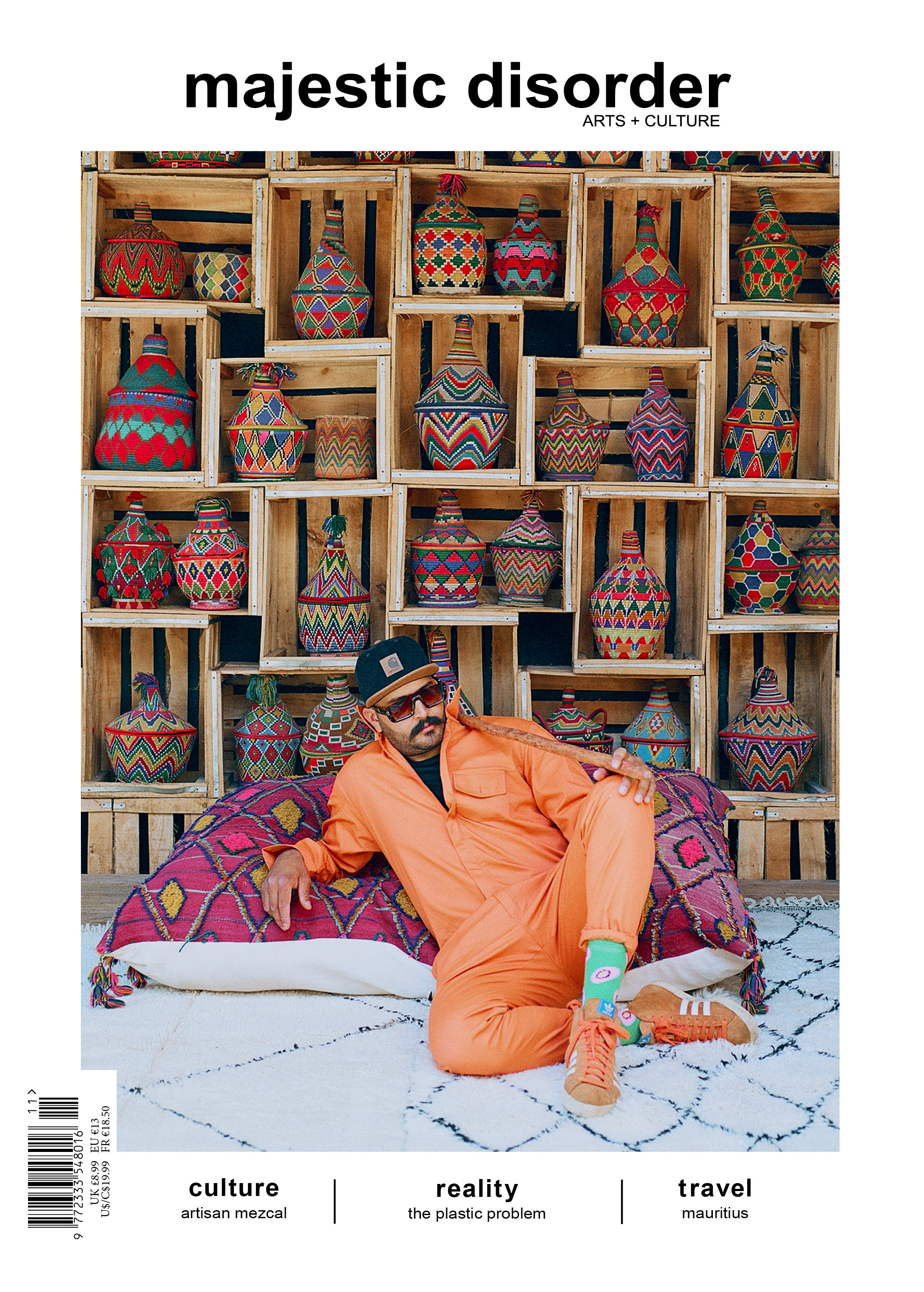
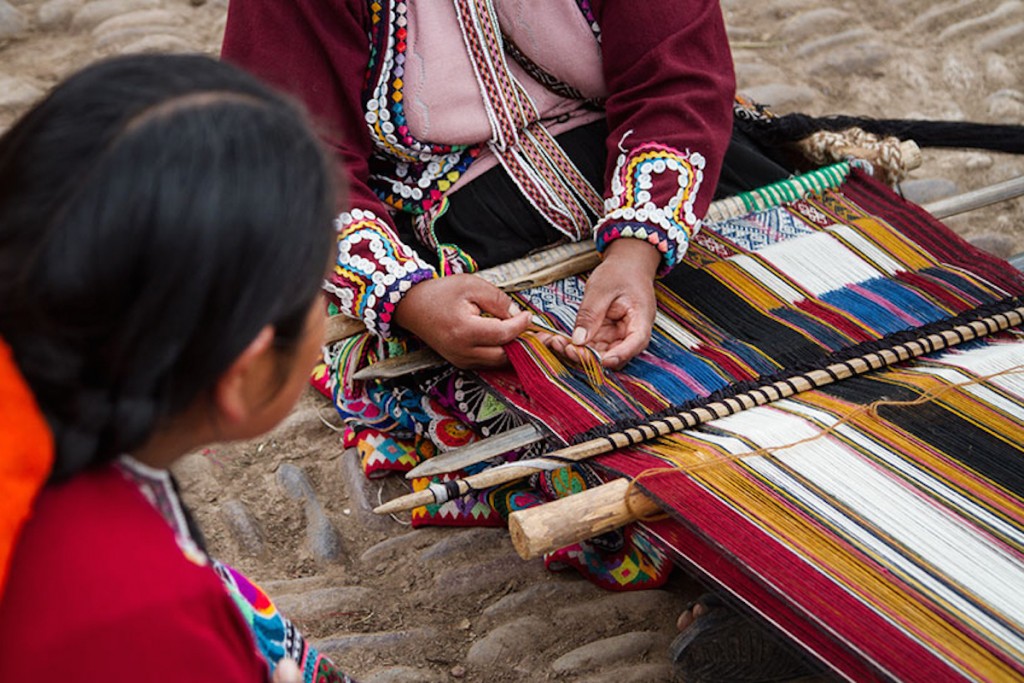
 @majesticdisorder
@majesticdisorder